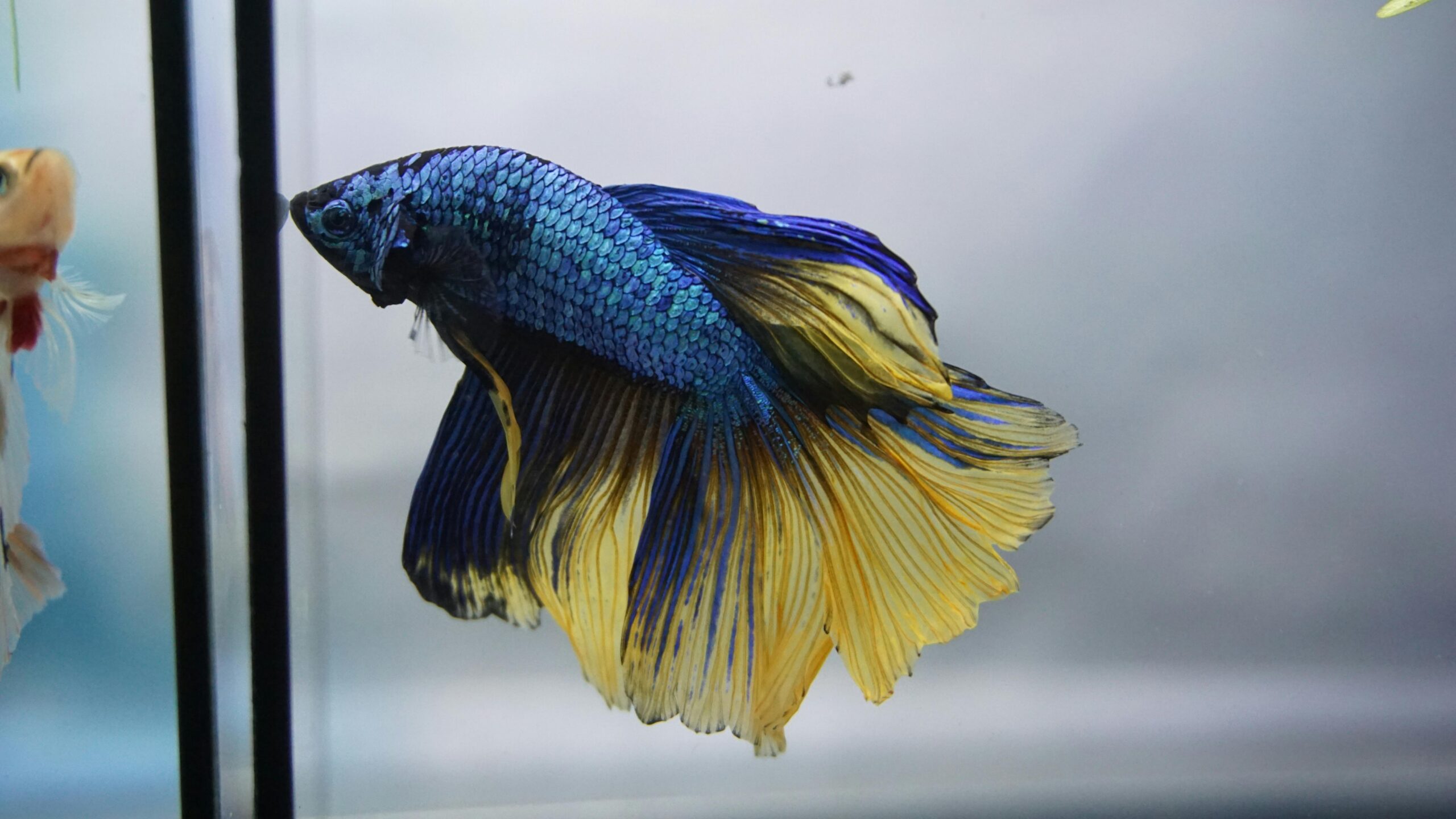Betta fish
Betta Fish: The Jewel of Freshwater Aquariums
Colorful, elegant, and full of personality, the Betta fish—also known as the Siamese fighting fish—is one of the most popular and captivating freshwater pets in the aquarium world. Whether you’re a beginner or a seasoned aquarist, the Betta’s vivid beauty and low-maintenance care make it a perfect addition to any home.
Origins and History
Native to the shallow waters of Thailand, Cambodia, and Vietnam, Betta fish were originally found in rice paddies, ponds, and slow-moving streams. They earned the nickname “fighting fish” due to their territorial nature, especially among males.
Today’s Betta fish have been selectively bred to produce a dazzling range of colors and tail types that make them true underwater showstoppers.
Appearance
Betta fish come in a rainbow of vibrant colors—blue, red, yellow, white, even iridescent and metallic shades. Their flowing fins and tails vary by type, including Veiltail, Crowntail, Halfmoon, and Plakat, among others.
Male Bettas are typically more colorful and ornate, while females have shorter fins and slightly duller colors, though they are still beautiful in their own right.
Personality and Behavior
Bettas are known for their bold and curious personalities. They often recognize their owners and will swim to the front of the tank when someone approaches. While males should be housed alone due to aggression toward each other, they can peacefully coexist with certain other species in a community tank, provided care is taken.
They are surface breathers thanks to a special organ called the labyrinth, meaning they can breathe air directly and survive in lower-oxygen environments.
Tank Requirements
Despite their reputation for living in small bowls, Betta fish thrive in well-maintained tanks of at least 5 gallons with a gentle filter, a heater (they prefer temperatures between 76–82°F or 24–28°C), and plenty of hiding spots or plants.
Live or silk plants, smooth decorations, and low-flow water are ideal for creating a comfortable environment.
Diet and Care
Bettas are carnivorous and do best with a varied diet of high-quality Betta pellets, freeze-dried bloodworms, and occasional live or frozen foods like brine shrimp. Feed them once or twice a day, in small portions.
Keep their tank clean with regular water changes (25–50% weekly), and test water parameters to ensure a safe, stress-free environment.
Lifespan and Health
With proper care, Betta fish can live for 3–5 years, sometimes longer. Watch out for signs of illness such as fin rot, bloating, or lethargy. Clean water, a balanced diet, and avoiding overfeeding are key to keeping them healthy.
Is the Betta Fish Right for You?
If you’re looking for a stunning, low-maintenance fish with a big personality, the Betta is an excellent choice. They’re perfect for small spaces, beginner aquarists, and anyone who wants a vibrant centerpiece in their aquatic setup.

